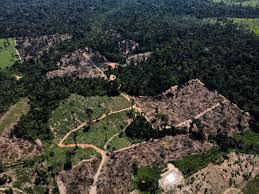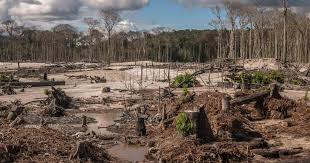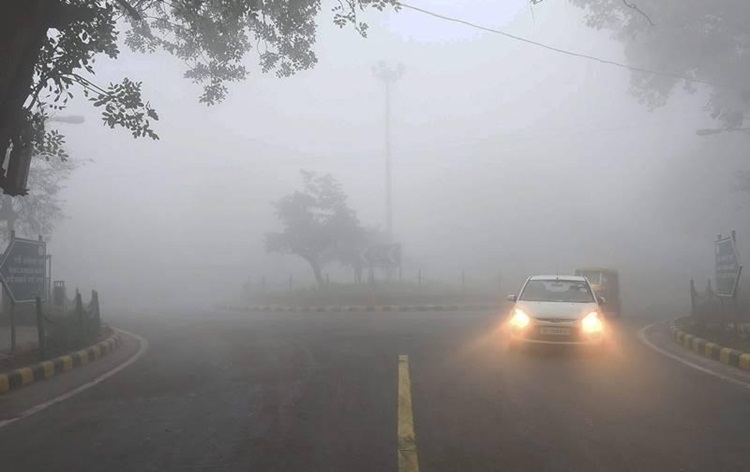Amazon in Brazil Loses Forest Area the Size of Spain in Four Decades, Report Warns
- bykrish rathore
- 17 September, 2025

Amazon in Brazil Loses Forest Area the Size of Spain in Four Decades, Report Warns
Brazil’s Amazon nearing a “point of no return”
RIO DE JANEIRO — Brazil’s Amazon rainforest has shrunk by an area approximately equivalent to Spain over the past 40 years, according to a new MapBiomas analysis. Between 1985 and 2024, satellite data indicate that about 49.1 million hectares (or nearly 121 million acres) of rainforest have been lost.
Researchers say the Amazon is now approaching a critical threshold — losing 20–25% of its vegetation could push the rainforest beyond a “point of no return,” where it can no longer sustain itself, potentially transforming large swathes into drier savanna.
What’s driving the loss
The study details several contributing factors behind the rapid forest decline:
Expansion of livestock farming, which MapBiomas reports has grown by almost fivefold in the period under review.
Climate-driven droughts and fires, particularly the historic drought in recent years, have accelerated forest degradation and increased fire risk.
Agricultural expansion and land clearance have continued to drive deforestation despite efforts to rein in forest loss.
Although deforestation rates eased somewhat after President Luiz Inácio Lula da Silva returned to power in 2023, fire-related damage and climatic pressures have offset some of the gains.
Ecological and climatic consequences
Scientists warn that continued forest loss could lead to serious consequences for both the climate and biodiversity:
Disruption of the Amazon’s rainfall cycle, which could undermine its ability to regenerate and maintain its rainforest ecosystem.
Increased carbon emissions as more forest biomass is lost, undermining the Amazon’s role as a major carbon sink.
Greater risk of transitioning forest areas into savanna landscapes, which are less biodiverse and more vulnerable to further degradation.
Policy and the road ahead
Brazil is set to host the COP30 UN Climate Conference in the Amazonian city of Belém later this year, where rainforest preservation and deforestation will be central topics. Phys.org+1 President Lula’s administration has pledged zero deforestation by 2030, but analysts say achieving this will require stronger enforcement, new land-use strategies, and sustained global cooperation.
“When too much vegetation is lost, the rain cycle is disrupted, and large areas tend to transform into drier savannas,” cautioned Bruno Ferreira of MapBiomas.
Unless urgent efforts are made to curb forest destruction, the Amazon may reach a tipping point beyond which recovery could become impossible — with wide-ranging implications for climate stability, wildlife, and indigenous communities.

Note: Content and images are for informational use only. For any concerns, contact us at info@rajasthaninews.com.
"इको-फ्रेंडली इनोवेश...
Related Post
Hot Categories
Recent News
Daily Newsletter
Get all the top stories from Blogs to keep track.











